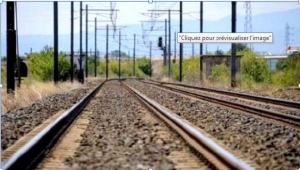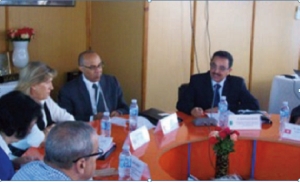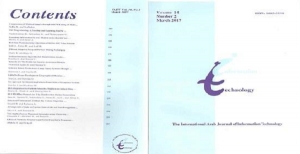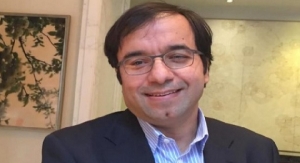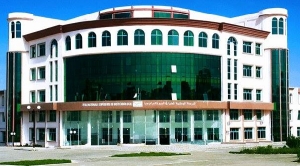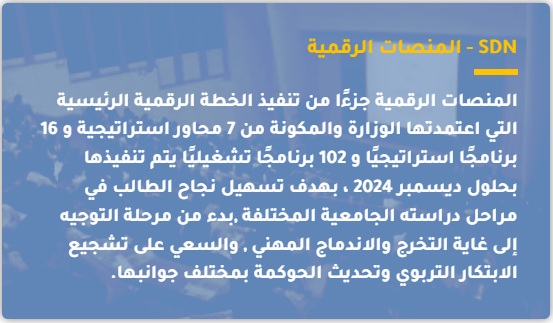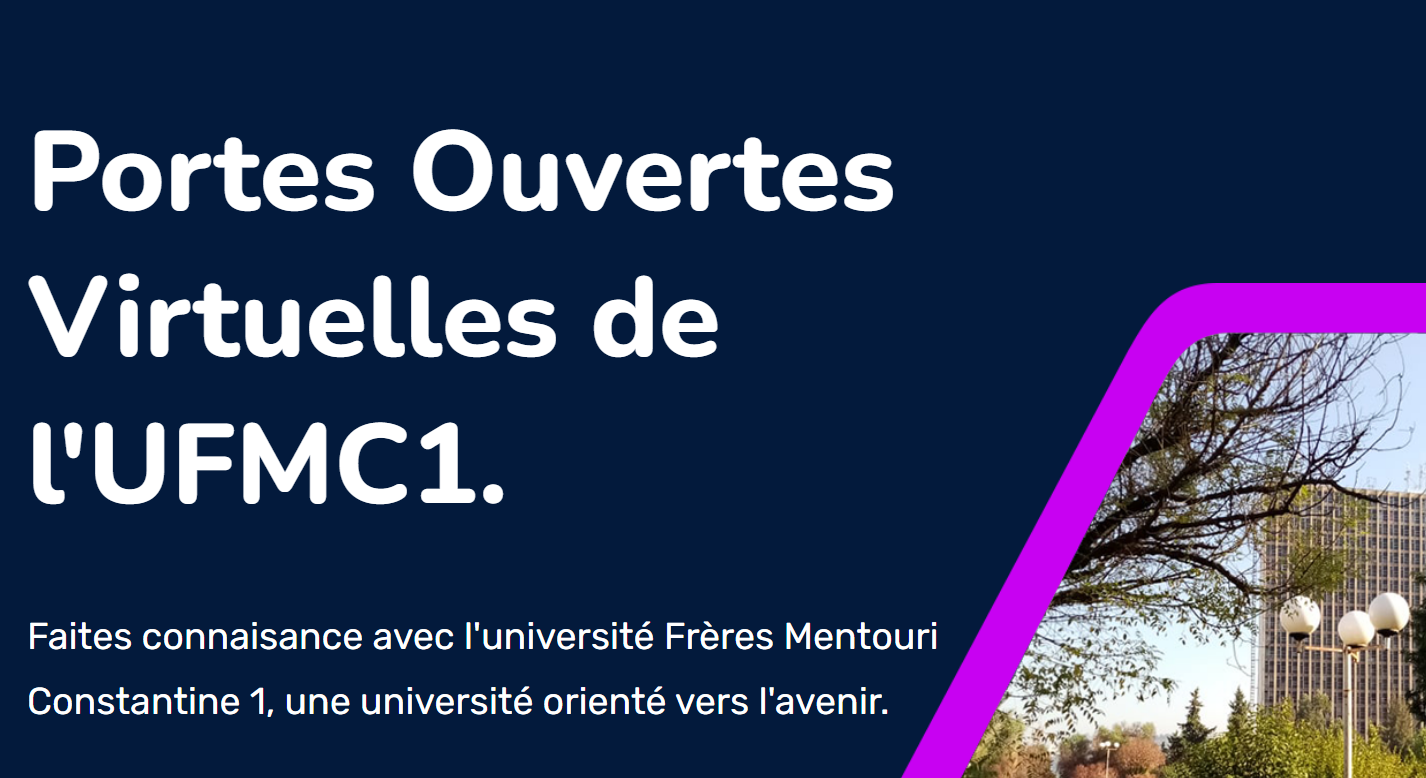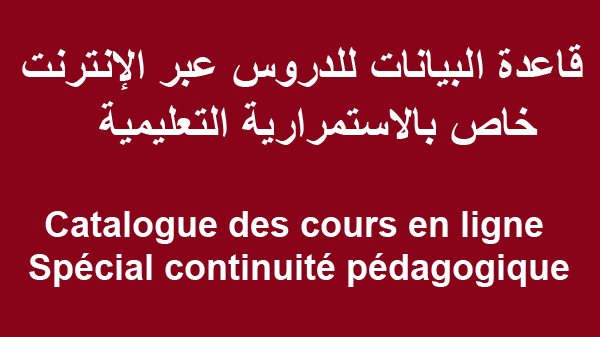Programme de réalisation de liaisons ferroviaires entre unités industrielles dans l’Est du pays
Transport marchandises: programme de réalisation de liaisons ferroviaires entre unités industrielles dans l’Est du pays
CONSTANTINE - Un programme portant réalisation de liaisons ferroviaires pour le transport de marchandises desservant les différentes unités industrielles dans l’Est du pays a été ficelé pour accompagner le processus en cours de développement économique, a indiqué dimanche le directeur régional de la Société nationale du transport ferroviaire (SNTF), Abdelhamid Achouche.
La direction régionale ferroviaire de Constantine £uvre, de concertation entre les multiples complexes industriels mis en service ou en cours de réalisation dans les différentes wilayas traversées par la voie ferrée, à "ouvrir des liaisons donnant sur ces sites industriels", a précisé le même responsable lors d’une émission de radio de Constantine.
Mettant l’accent sur l’importance de ce "grand" projet dans le "soutien" des efforts de développement économique enclenché, M. Achouche a précisé que des études ont été déjà lancées pour concrétiser ce programme structurant.
Dans ce sens, le même responsable a indiqué que parmi les sites industriels ciblés par cette opération figurent le complexe Bellara (Jijel), l’entreprise de fabrication de sel implantée à Biskra et les deux (02) cimenteries situées dans cette même wilaya, en plus du complexe national de fabrication de ciment de la région de Sigus dans la wilaya d’Oum El Bouaghi.
Affirmant que la direction régionale ferroviaire de Constantine constitue un "pôle" dans le transport de marchandises assurant "près de 50%" de transactions de transport effectuées par la société mère, le même responsable a ajouté que la SNTF régionale transporte tout type de marchandises allant des produits d’hydrocarbures jusqu’au blé en passant par le sel, le ciment, les conduites et les bobines.
Dans ce contexte, M. Achouche a fait part de l’acquisition, par la direction régionale ferroviaire de Constantine, de trente (30) locomotives ultramodernes d’une capacité de 4.000 tonnes chacune et dont dix (10) sont affectées pour la wilaya de Constantine.
Parallèlement, le même responsable a souligné que sa Société entend créer un "équilibre" entre la performance réalisée dans le transport des marchandises et le service offert en matière de transport de voyageurs à travers notamment la modernisation des wagons et le renforcement des prestations dans le domaine des trains urbain, suburbain et inter wilayas.
Il a, dans ce sens, annoncé l'ouverture "prochaine" de liaisons entre les universités d’Oum El Bouaghi, Jijel, Biskra, Batna et Sétif pour assurer tout le confort à la communauté estudiantine et la mise en service également d’une voie reliant Constantine à Annaba.
M. Achouche qui a fait part d’un vaste programme d’entretien des voies ferrées et la récupération des chemins de fer abandonnés, notamment celui reliant Bounouara à Ain Abid dans la wilaya de Constantine. Il a rappelé le programme national, en cours, de mise à niveau de 202 wagons qui aura incontestablement un impact sur le développement de ce domaine appelé à faire son "grand décollage" en matière de transport de voyageurs "d’ici à 2018".
Déplorant le fait que des actes de vandalisme ciblant ce moyen de transport "se poursuivent encore", le directeur régional de la SNTF a, par ailleurs, indiqué que les accidents sur les passages à niveau "ont nettement reculé" à la faveur du vaste programme national d’élimination des passages non surveillés.
La transition énergétique au centre de la coopération Entre « Mentouri » et des universités européennes
La transition énergétique au centre de la coopération Entre « Mentouri » et des universités européennes
L’université des frèresMentouri multipliées initiatives en vued’établ ir une coopérât conscient inique de qual i té et réciproquement avantageuse avec des insti i tut ions Del ‘enseignement
Supérieur européens ainsi qu’un partenariat ciblé dont lessif l ibères les retombées positives devraient profiter à la communauté univers taire mais également à divers secteurs de l’économie
Nationale. Pour le recteur de l’université M’entourai, le Pr. Abdelhamid
Djekoune, la priorité dans la coopérât ion avec les universités européennes , plus part acul fièrement avec les établissements de la recherche scientifique d’Allemagne, a été donnée à diverses thématiques hautement importantes dont la transi t ion énergie ique, l’alimentation et la sécurité al imentaire, les énergies renouvelables, la préparation pharmaceutique à base de plantes et leur relation avec la maladie d’Alzheimer, en plus de la question de l’eau qui constitue pour l’université Mentouri l’un des centres d’intérêt le plus « pointu ». D’autre part, les chercheurs de l’université travai l lent étroitement, sur des sujets de recherches, souligne le même responsable, avec leurs homologues européens de plusieurs pays dont l’Italie, l’Al Limagne, la France et l’Espagne, avec un intérêt tout particulier accordé à la transi t ion énergie ique, considérée une priorité de premier ordre par le secteur de l’enseignement supérieur et la recherche scientifique, sans compter plusieurs autres axes de recherche liés notamment à l’agriculture et la santé.
Salah Souhib
The international arab journal of information technology
The international arab journal of information technology
A MMDBM Classifier with CPU and CUDA GPU computing in various sorting proceduresA New (k, n)
Secret Image Sharing Scheme (SISS)
A New Way of AcceleratingWeb by Compressing Data with Back Reference-prefer Geflochtener
A Novel Swarm Intelligence Algorithm For The Evacuation Routing Optimization Problem
A Probabilistic Approach to Building Defect Prediction Model for Platform-based Product Lines
An Approach for Identifying Failure-Prone State of Computer System
An Efficient Perceptual of CBIR System using MIL-SVM Classification and SURF Feature Extraction
An Improved Statistical Model of Appearance under Partial Occlusion
An Unsupervised Feed Forward Neural Network Method for Efficient Clustering
Artificial Immune Algorithm for Handwritten Arabic Word Recognition
Chaotic Encryption Scheme Based on A Fast Permutation and Diffusion Structure
Constructing a Lexicon of Arabic-English Named Entity using SMT and Semantic Linked Data
Efficient Segmentation of Arabic Handwritten Characters Using Structural Features
Enhanced Constrained Artificial Bee Colony Algorithm for Optimization Problems
Forecasting of Chaotic Time Series Using RBF Neural Networks Optimized By Genetic Algorithms
Global Software Development Geographical Distance Communication Challenges
Image Compression based on Iteration-Free Fractal and using Fuzzy Clustering on DCT Coefficients
Internal Model Control to Characterize
Method-level Code Clone Detection for Java through Hybrid Approach
Muzzle Classification Using Neural Networks
Named Entity Recognition for Automated Test case Generation
New Replica Server Placement Strategies using Clustering Algorithms and SOM Neural Network in CDNs
Pair Programming A Teaching and Learning Tool for Defending Student’s Mental Energy
Performance analysis of FCM based ANFIS and ELMAN neural network in software effort estimation
QoS Adaptation for PublishSubscribe Middleware in Real-Time Dynamic Environments
Real-time Watermarking Algorithm of H.264AVC Video Stream
Rule Schema Multi-Level for Local Patterns
Service-Oriented Process Modelling for Device Control in Future Networks
The Veracious Counting Bloom Filter
Un chercheur algérien distingué à londres
Un chercheur algérien distingué à londrès
Le chercheur algérien, Abdou Attou, a reçu lundi à Londres, le prix de l'innovation stratégique dans l'aérospatial, Stratégic innovation award, du gouvernement britannique, pour son innovation pionnière d'un logiciel capable de localiser en temps réel les avions en détresse.
Journée numérique (RUN-UP) L’université Mentouri fait l’inventaire de sa stratégie
Le numérique est devenu omniprésent dans notre quotidien, il a bouleversé nos habitudes, nos comportements ainsi que les rapports entre individus et les communautés.
Ceci nous laisse dire que le numérique a induit d’importantes mutations au niveau des institutions et des sociétés», a déclaré le recteur de l’université Frères Mentouri de Constantine 1 à l’entame de son allocution, lundi, lors de la Journée numérique (RUN-UP,) organisée au campus des 500 places. Abdelhamid Djekoun développera son préambule en insistant sur les secteurs de l’éducation et l’enseignement supérieur : «L’éducation comme l’enseignement supérieur sont aussi des secteurs qui sont marqués par ce bouleversement généré par le développement du numérique du fait que l’internet a permis de mettre à la disposition de tout un chacun des savoirs, des connaissances et de l’information en dehors des structures et des institutions conventionnelles reconnues.
A l’université, le numérique est devenu porteur de nouvelles formes d’enseigner, d’apprendre, de travailler et de produire le savoir. Cette évolution des pratiques pédagogiques liées à l’utilisation du numérique est le fruit de la synergie créée par la recherche dans le domaine de l’innovation pédagogique, qui a fait du digital un support incontournable dans le champ de la formation universitaire.» D’où l’essence de cette rencontre universitaire numérique (RUN) dédiée aux structures, formations, plateformes, innovations et stratégie enclenchées depuis plusieurs années. «L’UFMC a, depuis 2012, mis en place une stratégie de formation des concepteurs pour une durée de six mois», a détaillé Ahmed Belhani, chargé de la présentation du volet «Tic et pratiques pédagogiques» qui reviendra sur les dispositions humaines et matérielles à cet effet dont les salles de formation et l’encadrement par l’équipe d’ingénieurs. Pour mieux mettre en évidence cette stratégie universitaire en numérique, la vice-rectrice, Nadia Yekhlef, rappellera entre deux interventions que l’université Mentouri avec ses 14 tuteurs assure sept formations ouvertes aux 71 établissements du territoire national, soit 2000 enseignants. Autrement, 59% des établissements à l’échelle nationale ont bénéficié de la compétence de l’UFMC.
MASTER À DISTANCE
Et ce n’est pas tout. La même université leur dispense aussi des cours de langues étrangères. Et l’ambition mesurée pour la création d’écoles numériques de langues arabe, française et anglaise. Concernant le E-Learning, sa couverture est de 24%.
C’est pour répondre à une demande et en vue d’acquérir une compétence que le Master à distance en administration locale a été initié à partie de l’année 2017. Selon Riad Siaf l’un des formateurs, cette option a fédéré 649 apprenants inscrits, répartis sur le nord et le sud du pays dont d’ailleurs un Qatari et deux Tunisiens.
«Ce cursus engage 20 tuteurs, 5concepteurs de cours, un coordinateur, un concepteur de module, un responsable de tutorat, 8 responsables pédagogiques de modules, un responsable de la formation, un responsable technique et 2 tutorats techniques», a-t-il expliqué, précisant que le programme s’effectue sur 40 heures en moyenne : «L’unique désavantage de l’enseignement à distance est l’isolement que peut ressentir l’apprenant. Nous tenterons d’y remédier avec l’apprentissage collaboratif». Et de rappeler que la mise en ligne des cours sur la plateforme ne peut avoir lieu qu’après validation par un second concepteur.
Et partant, la relation entre enseignant et apprenant prend d’autres formes et appellations. «Tous ces aspects montrent bien qu’avec l’avènement du numérique et son utilisation dans la pédagogie, que la relation entre l’enseignant et l’étudiant s’est complètement transformée, où l’enseignant est devenu un accompagnateur, un médiateur, un tuteur, un coordonnateur et l’étudiant un acteur de sa formation. Aussi, cette situation fait qu’aujourd’hui nous assistons à l’émergence de nouveaux métiers dans le monde de l’éducation en général et celui de l’enseignement supérieur en particulier. Métiers qui méritent d’être répertoriés, référencés et classés en tant que métiers du futur», indiquera Abdelhamid Djekoun.
CLOMs, MOOCs et ATAWADAC
Pour les organisateurs de cette RUN-UP, les avancées dans l’utilisation de numérique au profit de la pédagogie ont dépassé largement la logique du recours à un simple outil ou à un simple moyen pour réaliser un travail intellectuel, scientifique ou d’enseignement, car «nous sommes en face d’une véritable culture, celle du numérique qui a ses règles, sa démarche, sa philosophie et ses concepts. C’est une véritable révolution qui nécessite de la médiation, surtout entre les natifs et les immigrants de cette culture, de l’éthique, de la régulation et de la maîtrise de ses fondements.» Et à eux de noter que le numérique, quand il est au service de la formation et de l’apprentissage, a réussi à engendrer une importante production de contenus qui sont déclinés en cours en ligne ouverts et massifs (CLOMs ou MOOCs), une diversité et une richesse de ressources pédagogiques, la construction de plateformes d’acquisition des compétences et de découvrir des métiers et cela grâce à la simulation et la modernisation, la création de nouvelles technologies destinées à l’exploitation et l’élaboration de nouveaux produits et savoirs originaux dont les technologies de la vidéo numérique, la promotion d’environnements collaboratifs, donnant une autre dimension à la relation d’apprentissage et de formation entre l’étudiant et l’enseignement, et enfin l’accès à n’importe quel savoir, de n’importe quel endroit, à n’importe quel moment et à n’importe quel contenu (ATAWADAC).
L’université FMC, en organisant cette rencontre sur le numérique et sa relation avec les activités pédagogiques, vise à travers ces 5 plans d’action à établir un état des lieux en la matière, partager les bonnes pratiques, concevoir un dispositif construit entièrement sur le numérique pour permettre le rapprochement de l’université avec le monde de l’entreprise. «Investir dans le numérique, c’est investir dans l’innovation et le développement des capacités de notre université, particulièrement pour améliorer sa visibilité internationale. Le programme de cette journée est aussi conçu pour encourager les enseignants à utiliser les outils numériques pertinents dans leurs enseignements, de se familiariser avec les différentes plateformes et d’exploiter les potentialités de ces outils numériques (calcul, simulation, modélisation, dessin, portfolio…) pour la réussite de l’étudiant», a conclu le recteur de l’UFMC.
Naima Djekhar
EL WATAN
Barcamp e-réputation et identité numérique
L’IFIC et l'université des Frère Mentouri de Constantine (Algérie) organisent le 1er mars 2017 un barcamp portant sur la e-réputation et l'identité numérique dans l'enseignement supérieur.
Chaque enseignant produit au cours de ses activités académiques, scientifiques et ou personnelles des nouvelles données qui sont souvent publiées sur Internet à travers les différentes activités sur les réseaux sociaux, les blogs et autres plateformes web 2.0.
Toutes ces actions s’ajoutent les unes aux autres en constituant une « data-reputation ».
Journal of science& technology COST
Journal of science& technology COST
About the COST
COST est une revue à caractère technologique, scientifique, linguistique et didactique. Nous espérons que l’obtention de l’ISSN contribuera à une reconnaissance supplémentaire de notre revue sur le plan international.
Cette publication rassemble les domaines de recherche suivants :
- Technologie de l’eau
- Technologie de l’environnement
- Construction et génie civil
- Technologie électrique
- Technologie électronique
- Technologie énergétique
- Technologie industrielle
- Technologie des matériaux
- Technologie mécanique
- Technologie métallurgique
- Technologie, transport
- Physique appliquée à la technologie
- Génie des procédés
- Mathématiques appliquées à la technologie
- Didactique et pédagogie des sciences
- Management
- Langues
La revue est dotée d’un comité scientifique international. Les auteurs intervenant dans cette revue sont de divers horizons (université, industrie, éducation nationale, …etc). L’objectif de cette revue est de servir de support pour la diffusion de l’information scientifique. Elle se situe à l’interface des revues de recherche et des revues axées vers la vulgarisation. Elle s’adresse aux ingénieurs, techniciens, étudiants ou élèves ingénieurs et enseignants ou enseignants chercheurs.
Submission
Latest issue
The latest issue of COST is Volume 17 – July 2016.
Previous issues
Volume 01 Volume 02 Volume 03 Volume 04 Volume 05 Volume 06 Volume 07 Volume 08 Volume 09 Volume 10
Contact
CFP::CYBERSEC2017- Ethiopia
CFP::CYBERSEC2017- Ethiopia
The Fifth International Conference on Cyber Security, Cyber Welfare and Digital Forensic (CyberSec2017)
http://sdiwc.net/conferences/5
St. Mary's University, Addis Ababa, Ethiopia
April 22-24, 2017
All registered papers will be published in SDIWC Digital Library
==============================
***Cyber Security
***Cyber Welfare
***Digital Forensic
***Information Security
==============================
Important Dates
Submission Deadline : Open from now until April 1, 2017
Notification of Acceptance: April 12, 2017 or 4 weeks from the date of submission
Camera Ready Submission : Open from now until April 16, 2017
Registration Deadline : Open from now until April 16, 2017
If you want to unsubscribe to this mail message from SDIWC, just follow this link http://sdiwc.us/Filemailer2/sd


